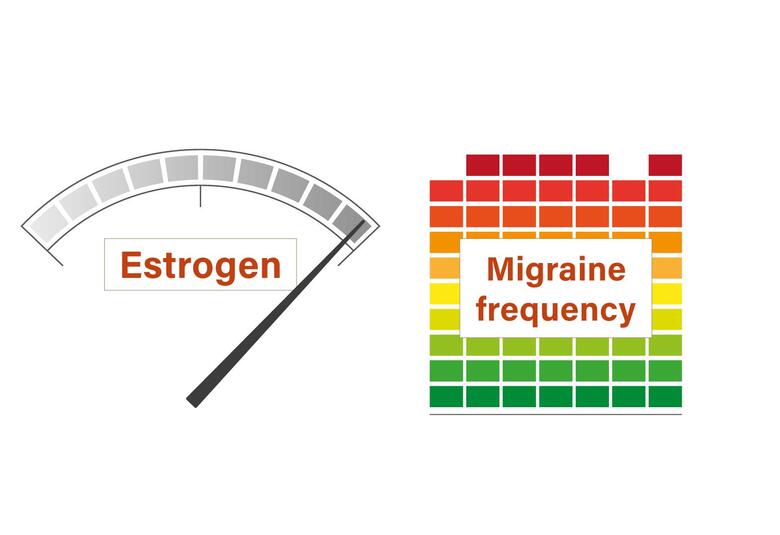The COVID-19 pandemic risks exacerbating symptoms in people prone to experience reality in unusual ways, and it threatens familiar patterns of care. Yet the boost given to telemedicine may in the end enhance our abilities to help people with first episode psychosis.
From stigma and marginalization to the interruption of drug treatment, people with schizophrenia are especially vulnerable to the pandemic
A time of threat but also opportunity
Comprehensive care for people experiencing first episode psychosis (FEP) improves outcomes and is cost effective5 [see article Early detection and intervention in psychosis – where are we now?]. But its implementation is threatened in the current COVID-19 crisis.
In this context, it is helpful that the American Psychiatric Association (APA) has developed a Telepsychiatry Toolkit to aid delivery of crucial elements of care at a distance.6 This covers clinical considerations, technical requirements relating to software, and legal and reimbursement issues. It also has all-important information on helping patients prepare for a teleconsultation.7
The advice includes the need to select a location that is private and without distractions, checking the technology and log-in procedures ahead of time, and preparing notes and questions in advance.
In any telemedicine consultation, helping patients prepare is crucial
It is also helpful that several digital health companies now provide at no cost tools that allow patients quick access to professional carers using their smartphone or tablet.
New study shows the acceptability of telemedicine
Also very relevant is the publication this year of a study into how users of an FEP program in urban Canada react to the offer of telepsychiatry as an alternative to hospital visits.8 The authors suggest this is the first study of its kind.
The first important finding was that teleconsultation would solve problems for many service users, since 78% of respondents reported that they had experienced obstacles (including anxiety, and the availability and cost of transportation) to attending face to face appointments.
Secondly, 49% of respondents were favorable to the idea of receiving services by videoconferencing, and a further 25% were somewhat favorable. Fifty-five percent said they would be interested in having their next appointment in this way. And 84% had access to a smartphone.
Vulnerable patients’ resilience is being tested as never before – and they need professional care more than ever9
More personal accounts also suggest the offer of teleconsultation is well received by patients accessing mental health services.9 For those who do still come to hospital appointments, texting patients to notify them of a doctor’s availability while they wait in their car is a sensible alternative to a crowded waiting room.
Also helpful is the introduction of flexible working hours for staff since professionals’ practical and emotional needs must be catered for at a time when our patients -- whose resilience is being tested as never before – need us more than ever.9
Our correspondent’s highlights from the symposium are meant as a fair representation of the scientific content presented. The views and opinions expressed on this page do not necessarily reflect those of Lundbeck.




